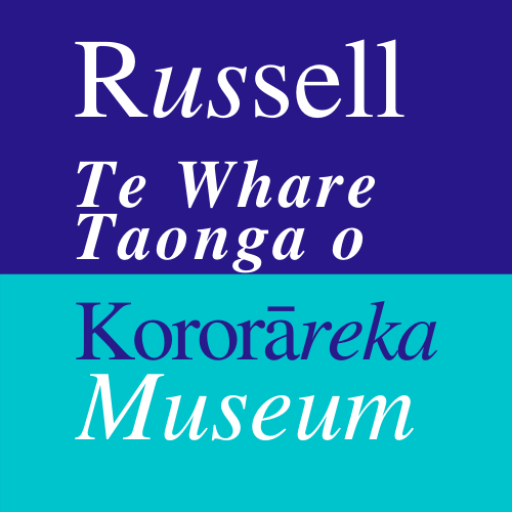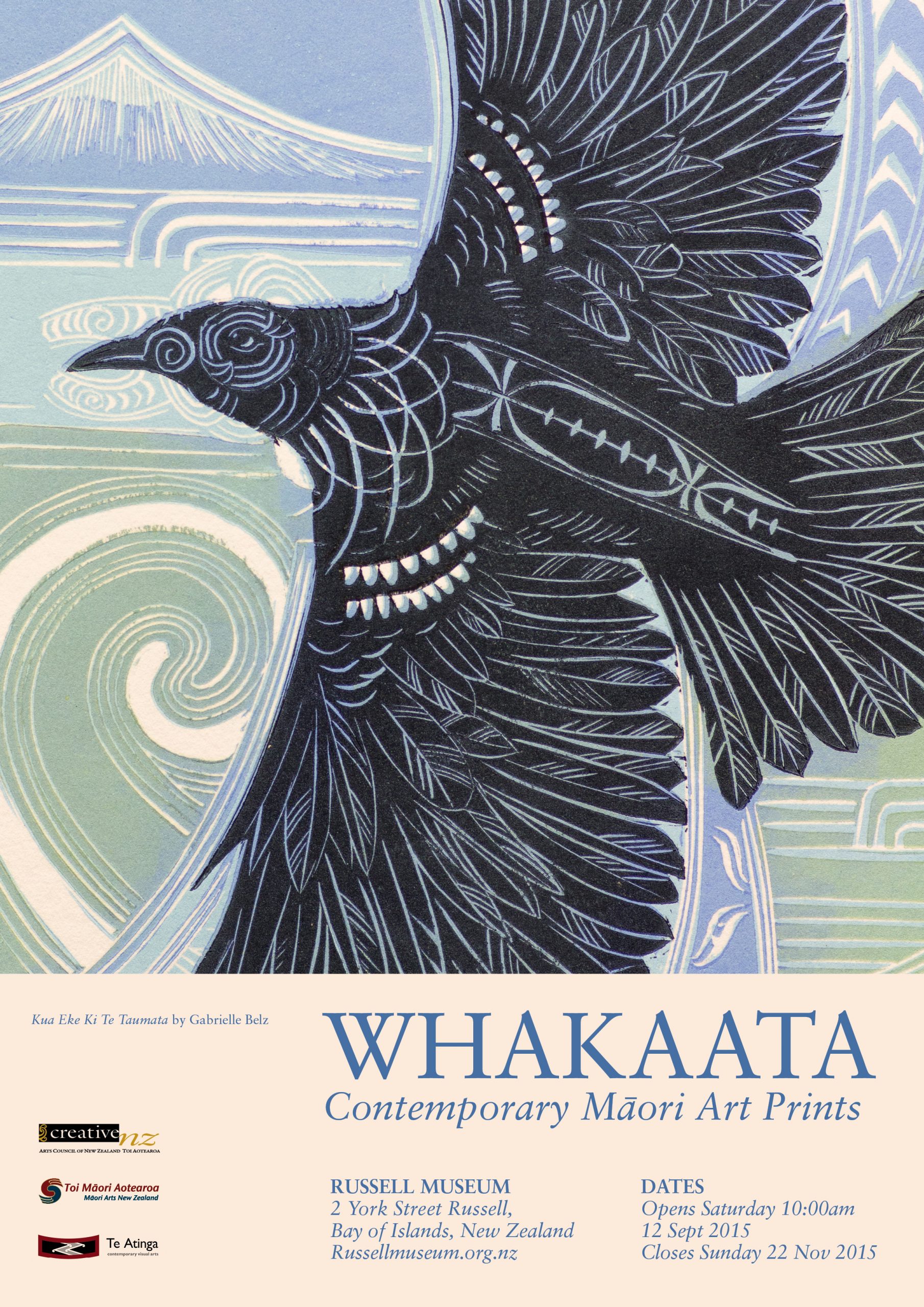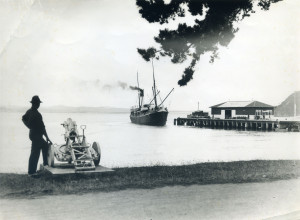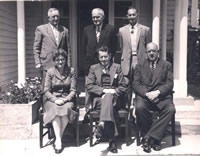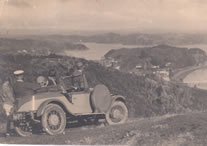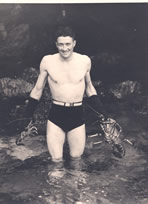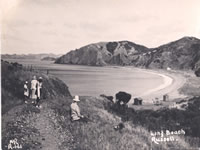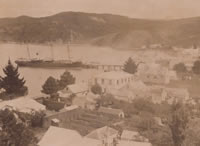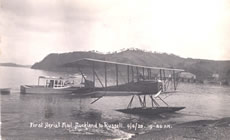Russell Museum latest exhibition follows on from the Russell School Reunion held over the weekend 20 – 22 November 2015.
Education began in Russell with classes held at Pompallier Mission for Maori students. After a series of private schools and two public schools a purpose built school was erected on the present site, in Baker Street, in 1892.
The exhibition features photos from the Russell Museum and Russell School collections and there will also be showing footage of the Reunion celebrations.
Senior pupils of the school today are exhibiting their colorful art work – cloaks made of curled paper.
The exhibition will be in place over summer.
